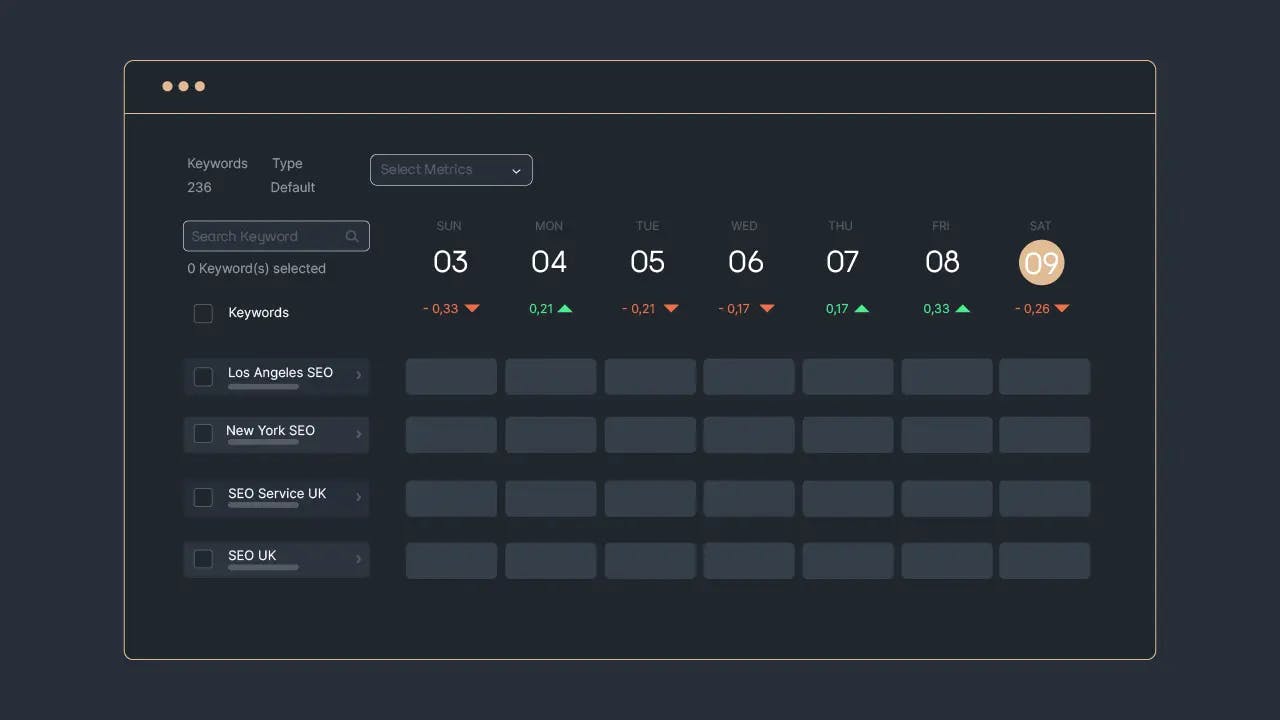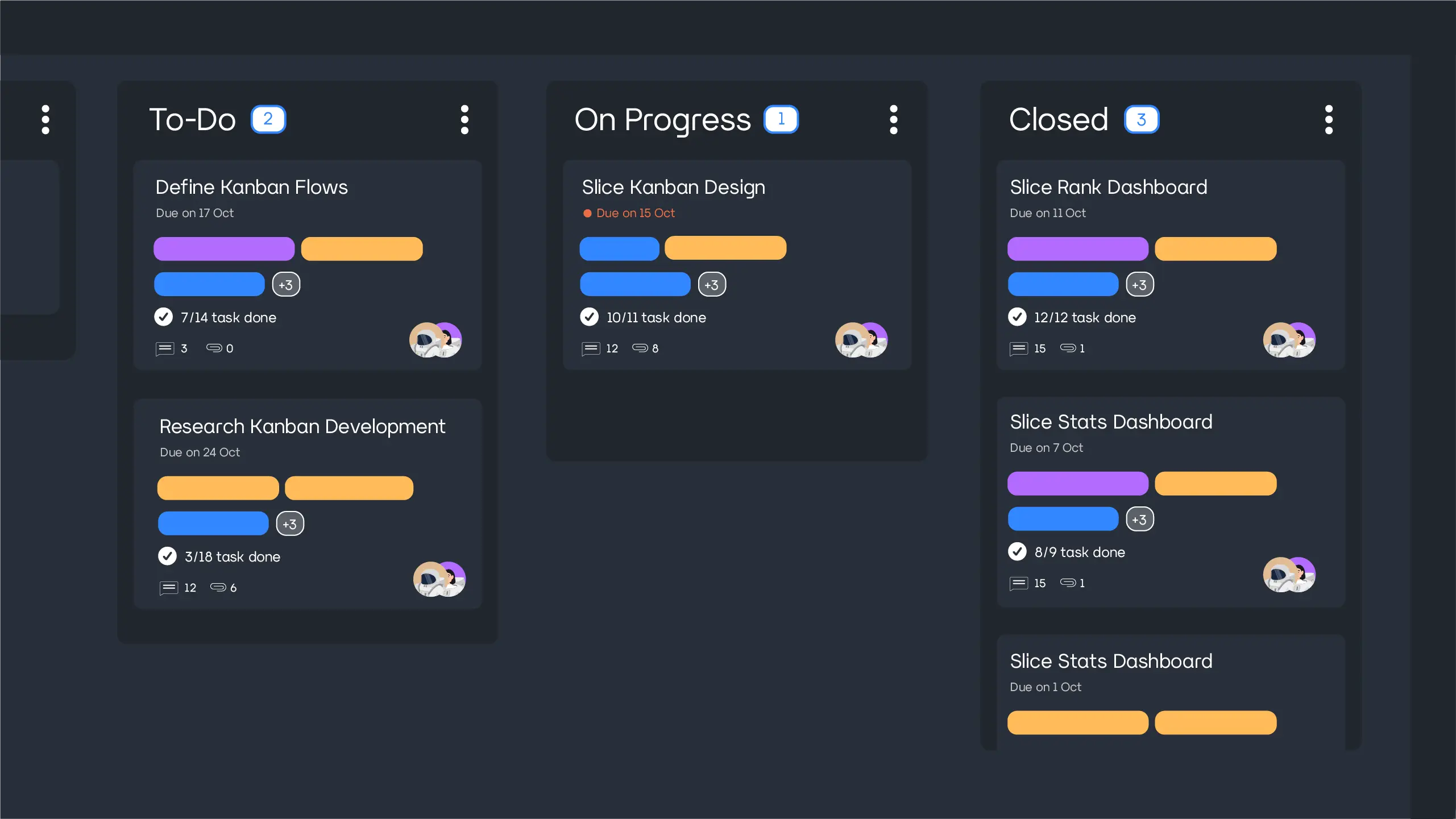You have great content in hand, but you are not sure how it performs. Find the answer through website content monitoring. This is an effective way to measure whether your content is good enough in the SERP.
On this page, you will find the key to success in website content monitoring activity and the helping tool that you can use to do this task the right way. You should know which content should be optimized and which one should be prioritized. This way, you will be able to build a more strategic way of SEO content writing.
What Is Website Content Monitoring?
Let’s begin with the definition of website content monitoring. It is a a systematic process of actively overseeing, evaluating, and maintaining the content present on a website. It involves the continuous tracking, assessment, and adjustment of various types of content to ensure that it remains accurate, relevant, up-to-date, and aligned with the website's goals and objectives.
The Importance of Monitoring Your Content
Monitor content is important for any website that wants to conquer the search engine. Through website content monitoring, they can fix something lost from the content. Here are some other importance of monitoring website content changes:
Staying Relevant and Updated: Monitoring your content ensures that it remains up-to-date and aligned with current trends, industry developments, and audience preferences. Outdated content can turn away visitors and erode trust in your brand.
Content Quality: Regular monitoring allows you to assess the quality of your content, whether it's text, images, videos, or interactive elements. You can identify and rectify issues such as spelling errors, grammatical mistakes, or broken links.
Improved Search Ranking: Monitor content to ensure that it meets search SEO best practices. By optimizing your content, you increase its visibility in search results, potentially leading to higher organic traffic and better search engine rankings.
Compliance with Legal and Ethical Standards: Regular content checks help you avoid unintentional violations, legal disputes, and reputational damage.
What to Monitor?
Monitoring the right metrics is crucial during content monitoring to assess the effectiveness of your content strategy and make data-driven decisions. Here are key metrics to consider:
1. On-page SEO
When monitoring on-page SEO, you focus on elements within a webpage, such as meta tags, headings, keyword usage, and content structure. The goal is to ensure that each page is optimized for relevant keywords, has well-structured content, loads quickly, and is mobile-friendly.
2. Keyword Ranking
Keyword ranking indicates where your content appears in search engine results pages (SERPs) for specific keywords or phrases. If your content is ranking well for target keywords, it's more likely to attract organic traffic. It also helps you understand which keywords are driving the most traffic to your content.
3. Content Shares
Content shares measure how often your content is shared by users on various platforms, such as social media, email, or other channels. High content shares can indicate that your content is resonating with your audience and has the potential to go viral.
4. Conversion Rate
Conversion rate measures the percentage of visitors who take a desired action after interacting with your content. This action could be making a purchase, signing up for a newsletter, or filling out a contact form. Monitoring conversion rates is crucial because it directly ties content performance to business goals.
5. Data Protection
Data protection is a critical consideration, especially when collecting user data through content forms or interactions. Monitoring data protection involves ensuring that your content complies with relevant data protection and privacy regulations. It includes safeguarding user data, obtaining proper consent, and implementing security measures to protect sensitive information.
Website Content Monitoring Strategies
Effective website content monitoring requires a well-structured approach that aligns with your organization's goals and objectives. Here are key strategies to implement for successful content monitoring.
A. Setting Clear Objectives and Goals
Before embarking on content monitoring, establish clear objectives and goals. What do you aim to achieve through content monitoring? Are you looking to improve user engagement, boost conversions, enhance SEO performance, or ensure data protection compliance?
Defining your objectives helps you stay focused and ensures that your content monitoring efforts align with your overarching business objectives.
B. Defining Key Performance Indicators (KPIs)
Key Performance Indicators (KPIs) are measurable metrics that indicate the success or effectiveness of your content monitoring efforts. Depending on your objectives, relevant KPIs may include metrics like page rank, conversion rates, traffic, content shares, or compliance with data protection regulations.
C. Selecting the Right Tools for Your Needs
The content monitoring tool is the key to the efficiency and effectiveness of your monitoring efforts. Choose tools that align with your objectives and KPIs. Content management systems (CMS), SEO analytics tools like Sequence Stats, and social media monitoring platforms are examples of resources that can aid in content monitoring.
In Sequence Stats, you can monitor keywords and content daily. From here, you can see which keyword and content perform and which one needs optimization.

Picture 1 - Ranking Dashboard in Sequence Stats.
D. Creating a Content Monitoring Schedule
Consistency is key in content monitoring. Establish a content monitoring schedule that outlines when and how often you will assess your content. Some aspects may require daily monitoring, while others can be evaluated weekly, monthly, or quarterly.
The schedule should also include regular audits to check for accuracy, relevance, and compliance. Within the Sequence Stats dashboard, you can add remarks on certain keywords to make a note and schedule a monitoring.
Open the keyword detail and add a remark on that keyword to help you schedule the monitoring.

Picture 2 - Keyword detail in Sequence Stats.
E. Assigning Responsibility and Accountability
Clearly define roles and responsibilities within your team for content monitoring. Assign individuals or teams responsible for specific aspects of monitoring, such as SEO optimization, data protection compliance, or social media engagement tracking.
You can use the Sequence Stats Kanban Board System to distribute tasks and assign them to your team. This way, you will be able to monitor the tasks' progress with ease. So, everyone will be aware of their role.

Picture 3 - Kanban Board System in Sequence Stats.
Besides that, Sequence Stats is also a perfect tool to conduct a Site Audit for your website. It is also able to give you the result of on-page SEO factors that you can improve. Thus, this is the all-in-one SEO tool you can have.

Picture 4 - Site Audit Result about content performance.
A well-executed content monitoring strategy not only safeguards the quality and performance of your content but also contributes to achieving your broader digital marketing and business goals. Utilize Sequence Stats to help you do the work efficiently!
Register and enjoy the free trial!